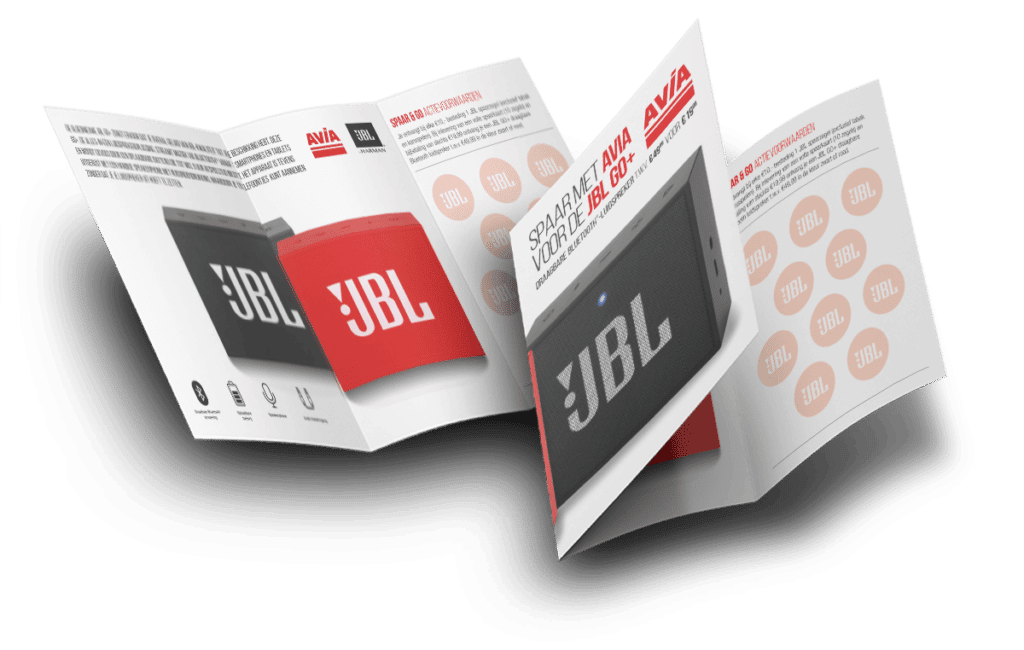Home » More conversion due to the right incentive
MORE CONVERSION THROUGH
THE RIGHT INCENTIVE
Companies use incentives that can significantly increase conversion. The use of an incentive can win over potential customers or persuade existing customers to make a larger purchase, purely to get the reward. The attractiveness of an incentive therefore determines the success of the incentive campaign.
Choosing an incentive is usually done on the basis of random suggestions. Marketers mainly draw from their own frame of reference, but they also look at what is popular and what other brands use. With this blog, we expand that frame of reference and give you more insight into choosing the right incentive!
The economic value
Economic value indicates what a product, in monetary terms, is actually worth. The effort for which the customer is rewarded must be in the balance. If the economic value of the incentive is too low relative to the effort, it could be demotivating. On the other hand, when the economic value of the incentive is too high relative to the effort, the customer may become aware of the attempt to influence (buying) behavior and resist it.
“Choosing an incentive is usually done based on random suggestions. “
The psychological value
The psychological value represents the experiential value of the incentive. For example, the economic value of a tablet and a weekend away can be the same. However, the psychological value is much higher with the weekend away because it creates an emotional experience. In this way, a positive experience is added.The balance in the value of an incentive
So an incentive has an economic value and an experiential value. You can find the right balance in the value of an incentive by combining the economic value with the experiential value. When this combines with the consideration expected from the customer, the campaign is almost certain to be a success.
“In addition to the balance in value of an incentive, it’s important that the incentive aligns with the brand’s product or service.”
Alignment with the product and the target group
In addition to the balance in value of an incentive, it is important that the incentive matches the product or service of the brand. The incentive should also fit the interests and needs of the target group. This approach ensures that the customer experiences recognition and creates an emotional commitment. For example, if you give a voucher for a sauna with the purchase of 2 pots of paint, you (possibly) miss the connection not only with your own brand identity but also with the needs of the target group. In this case it would be better to choose a Home Advantage card that offers discounts at various well-known home improvement stores, garden centers, electronics/telephony services and interior design brands. In this way you show as a brand that you understand the needs of the target group and that you respond to them.Dare to ask!
Responding to the needs of the target group is only one of the most successful tools for choosing an appropriate incentive. Therefore, dare to ask! Conduct a customer satisfaction test or start a poll on social media. Interact with the customer and collect data and insights that you can use to choose your next incentive.Set up your own incentive campaign
Do you also want to stimulate sales and see the conversion figures grow? Touch will gladly help you set up an incentive campaign that meets your target group and objectives. Let’s get in Touch!
Did you find this interesting?
Then you won’t want to miss the following pages either!
Do you want to stay up to date with the latest loyalty news?




